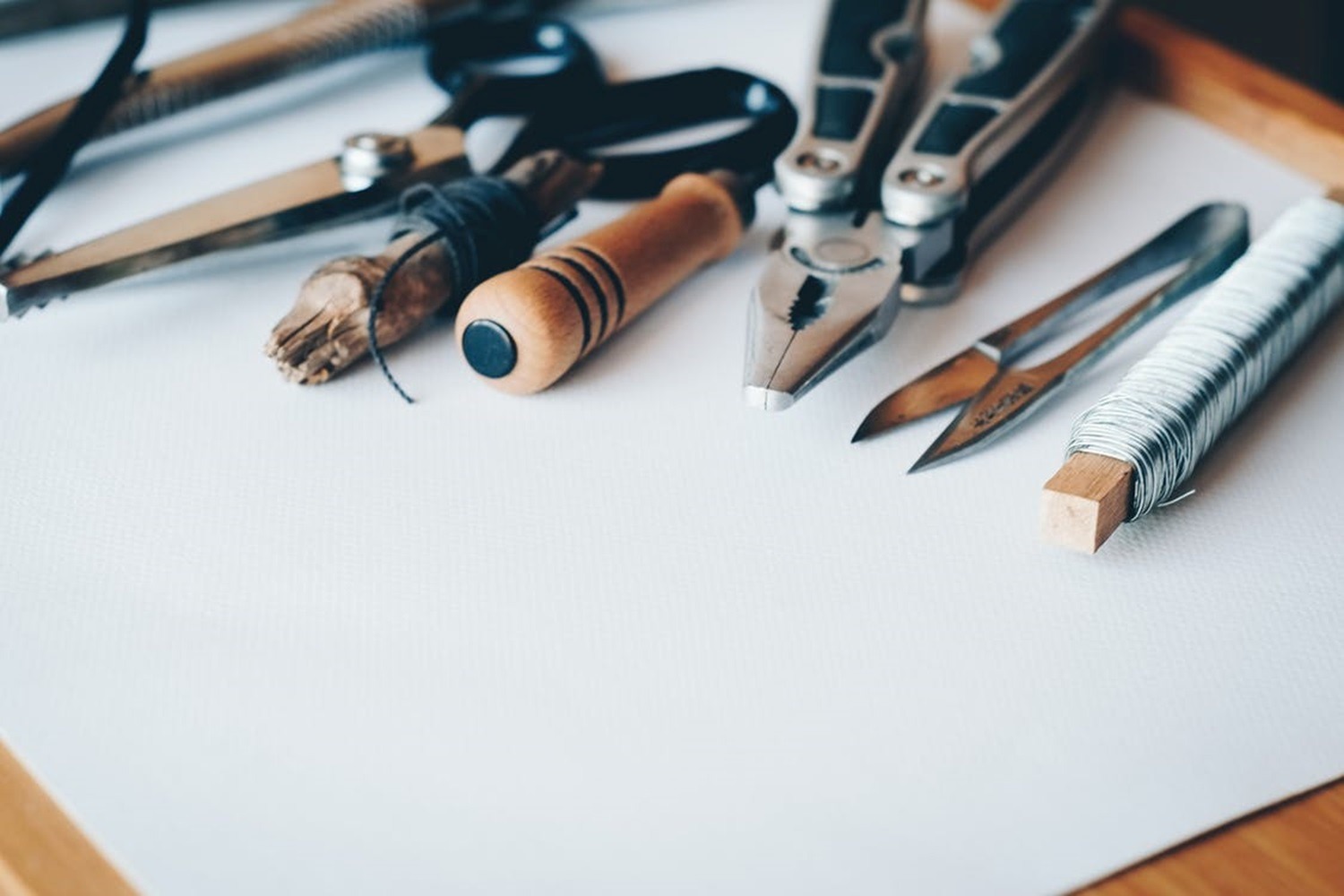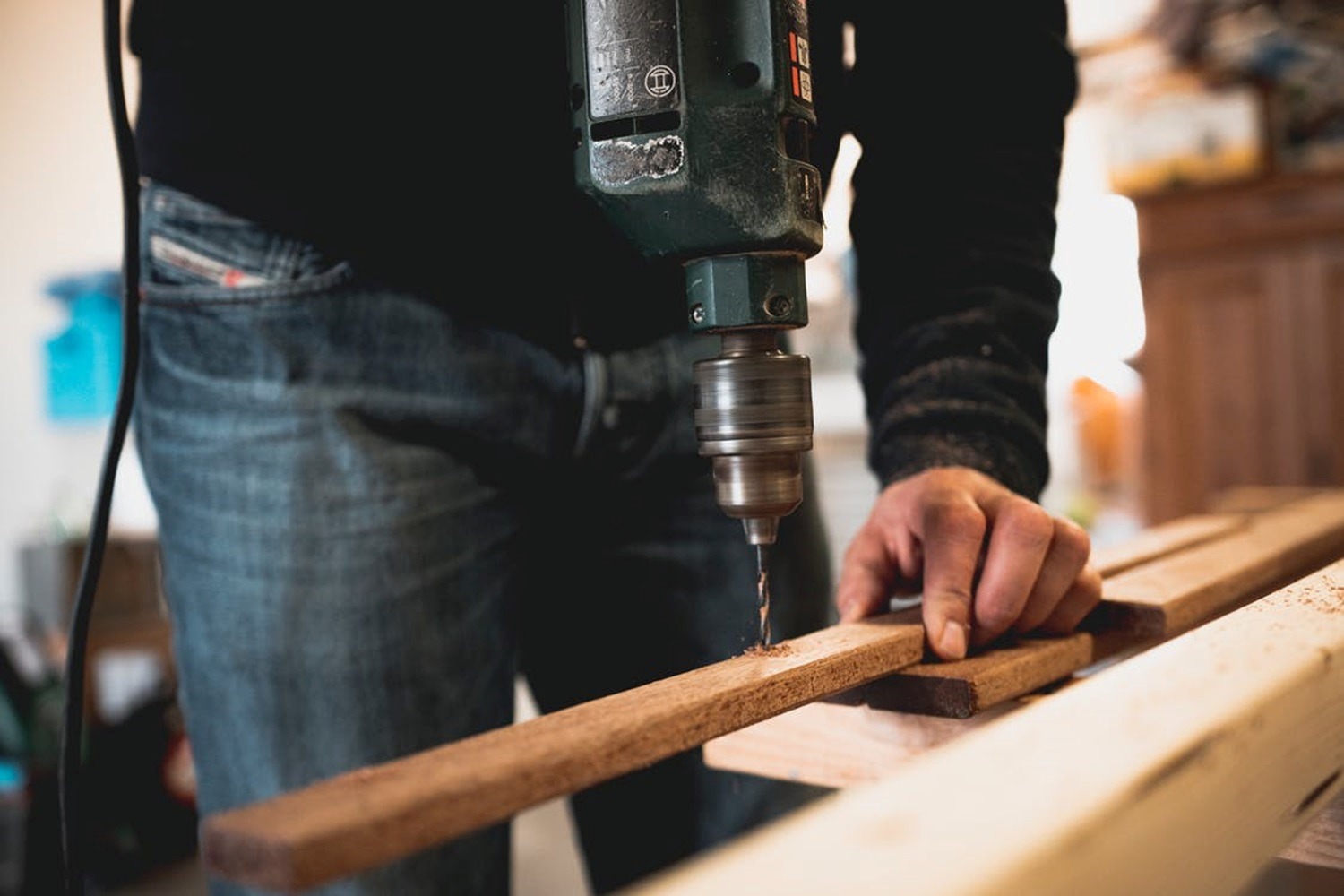Whether you’re a seasoned DIY-er or a novice, it’s always helpful to have a fully kitted-out toolbox on hand. However, there’s always the question of what exactly the standard DIY toolkit should comprise. Here are our top recommendations for a toolkit that can take care of all, if not most, of your basic DIY and decoration needs.
Tape Measure
Firstly, we have the trusty tape measure, which can be utilized for tasks like precise measurements of spaces prior to buying furniture. Now, there are several kinds of tape measures available on the market, but for DIY, you’d probably be best investing in a metal one. This is because the material is bendy but durable, capable of rolling up inside a compact dispenser, and also able to be locked in place once a certain amount has been let out
A Top-quality Spray Adhesive
Secondly, no DIY toolbox is complete without including a good-quality spray adhesive. This kind of glue can significantly simplify any repair jobs you undertake. Instead of messing around with globs of glue and holding bits in place for what seems like hours on end, you just spray a fine mist onto the surfaces you need to stick together.
Furthermore, choosing a top-tier variety such as the Lepage spray adhesive is recommended as this is a versatile and credible brand that works well with numerous materials including the likes of metal, plastic, fabric, and wood, depending on your needs. This kind of glue is great to have because it’s helpful for a range of DIY projects, including furniture repairs, fixing clothing and appliances, art projects, and much more.
Spirit Level
An additional must-have is a spirit level: this will help you with many of your DIY projects, including projects like putting up shelves. Typically consisting of a sealed glass tube filled with liquid, it also contains an air bubble, and the position reveals whether the surface is level or not. It can repair the furniture, lay tiles or floors, hang pictures, and do many other tasks. Without it, you could end up with wonky fixtures and fittings, which instantly makes your hard work look subpar.
Nails and Screws
Where would you be without nails or screws? Every DIY toolkit should have a selection of nails and screws in different girths and lengths. It’s ideal to have at least ten of each size and type, just in case of emergencies. But don’t also forget the classic multi-head screwdriver and hammer, compatible with most variations of screws and nails. Without these, there isn’t much you can do with nails and screws of any size!
A Pencil
Last but not least, including several pencils in your toolkit is an absolute necessity. Choose a regular HB pencil, and make sure you include an eraser and pencil sharpener. These can be used for marking, measuring, or designating bits that need to be worked on. They are nonpermanent and don’t leave behind any obvious trace, making them perfect for most DIY tasks. We all know how notoriously difficult it is to find basics like a simple pencil when you’re in a moment of need, so plan ahead and make sure to keep it in and among your other DIY tools.
If you start off with these five items, you can’t go wrong. With these principle bits of equipment, you can at least cope with the basic DIY demands at home, but of course, you can also start to look at more sophisticated items like electric drills, pliers, and wire cutters. All you need now is the right project and a big dose of motivation to get you going!


